2019-nCov; Coronavirus update
THE CURRENT SITUATION
The coronavirus outbreak may be worse than initially thought.
As of Thursday 30th January, in the second meeting of the International Health Regulations (IHR) Emergency Committee regarding the coronavirus outbreak in China, the World Health Organisation (WHO) Director-General declared the novel coronavirus 2019 (2019-nCov) to be a Public Health Emergency of International Concern (PHEIC).
At the time of writing this article, the WHO has confirmed 24,554 cases of the virus across 25 countries with 191 cases outside of China. John Hopkins University (JHU), which is tracking data in real time across numerous sites and reports, shows 24,597 cases, 494 dead and 955 recovered. As this is an ongoing situation the information is rapidly changing but from data gathered scientist have already begun to extrapolate.
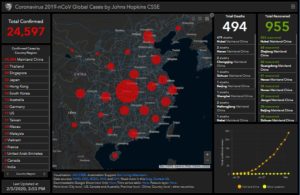
Officially the WHO recognises that between two to three percent of cases have proven fatal, with it having fallen to two percent as of today, February 5th, but with over 3000 people still in a critical condition. To compare, 2019-nCoV is part of the coronavirus family, which was the source of two previous deadly epidemics. The 2002/03 SARS outbreak (Severe Acute Respiratory Syndrome) started in Guangdong Province and killed 774 people out of a total 8,096 infected. The 2012 MERS outbreak (Middle East respiratory syndrome) killed 858 people out of the 2,494 infected. The respective mortality rates for SARS and MERS patients were 9.5 and 34.5 percent, far higher. The seasonal flu kills 290,000 to 650,000 people per year, according to WHO. In the United States, the mortality rate among people infected with influenza is 0.13 percent, the Centres for Disease Control have calculated. From this we can see that while two percent is serious enough to warrant concern, it is not as deadly as previous outbreaks.
NEW INFORMATION
However, in an article published on January 31st in The Lancet, titled “Nowcasting and forecasting the potential domestic and international spread of the 2019-nCoV outbreak originating in Wuhan, China: a modelling study”, data from Dec 31 2019 to Jan 28 2020 on the number of cases exported from Wuhan internationally (known days of symptom onset from Dec 25 2019, to Jan 19 2020) was used to estimate cases exported domestically. From that the study forecasted national and global spread of 2019-nCoV, accounting for the effect of the metropolitan-wide quarantine of Wuhan and surrounding cities, which began Jan 23–24, 2020.
The study used data on monthly flight bookings from the Official Aviation Guide and data on human mobility across more than 300 prefecture-level cities in mainland China from the Tencent database. Data on confirmed cases were obtained from the reports published by the Chinese Centre for Disease Control and Prevention. It also did comparative calculations based on both the MERS and SARS viruses.
While it is not yet a peer reviewed study, and therefore to be taken with a grain of salt, the statistical data has sever implications.
"We estimate that 75,815 individuals have been infected in Wuhan as of January 25, 2020," a team led by Gabriel Leung from the University of Hong Kong reported in The Lancet.
Findings estimate a figure known as the ‘basic reproductive number’, R-naught or R-zero (R0), which is a measure of how infectious the virus is, or the likelihood of a person to infect others. The study calculates R0 to be a value of 2.68, meaning each case could have infected two to three individuals on average, and that the epidemic had doubled in size every 6.4 days. This is a far higher value than both the MERS or SARS viruses, which means containment will be much harder.
"The apparent discrepancy between our modelled estimates of 2019-nCoV infections and the actual number of confirmed cases in Wuhan could be due to several factors," Leung said in a statement.
A time lag between infection and symptom onset, delays in infected persons getting medical treatment, and the time needed to confirm cases with lab tests "could all affect overall recording and reporting," he said.
Further, the study noted that if the transmissibility of 2019-nCoV were similar everywhere domestically and over time, it inferred that epidemics are already growing exponentially in multiple major cities of China with a lag time behind the Wuhan outbreak of about 1–2 weeks.
CONCLUSION
If the new estimates of mortality rate and cases is accurate, it would mean that the mortality rate of 2019-nCoV is significantly lower, however a low mortality rate can still result in a large number of deaths if the virus is spread widely.
The study noted that, given that 2019-nCoV is no longer contained within Wuhan, other major Chinese cities are probably sustaining localised outbreaks. Large cities overseas with close transport links to China could also become outbreak epicentres, unless substantial public health interventions at both the population and personal levels are implemented immediately. Independent self-sustaining outbreaks in major cities globally could become inevitable because of substantial exportation of pre-symptomatic cases and in the absence of large-scale public health interventions. Preparedness plans and mitigation interventions should be readied for quick deployment globally.
Thankfully, global bodies are already working to quarantine and prevent the spread of the virus. In a statement from the IHR Emergency Committee meeting, the WHO said of China; the very strong measures the country has taken include daily contact with WHO and comprehensive multi-sectoral approaches to prevent further spread. It has also taken public health measures in other cities and provinces; is conducting studies on the severity and transmissibility of the virus, and sharing data and biological material. The country has also agreed to work with other countries that need their support. The measures China has taken are good not only for that country but also for the rest of the world.
While the majority of cases remain in China, and internationally governments are bracing themselves for a pandemic, for now it seems Sri Lanka is relatively safe as the only confirmed case here has already recovered and is no longer infective, while the students are still under quarantine. Despite that, people should remain alert but calm. The WHO recommends keeping hands clean, avoid touching the face and nose, keep approximately two meters distance from anyone displaying severe respiratory symptoms, self-isolating initially if sick, going to hospital if fever develops, and keeping yourself aware of current developments.
Sources (AFP, REUTERS, WHO, JHU, THE LANCET, SCIENCE ALERT)
-
Still No Comments Posted.





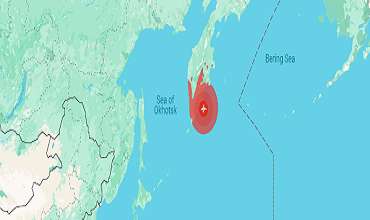



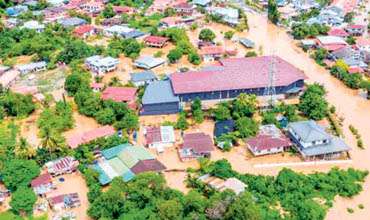
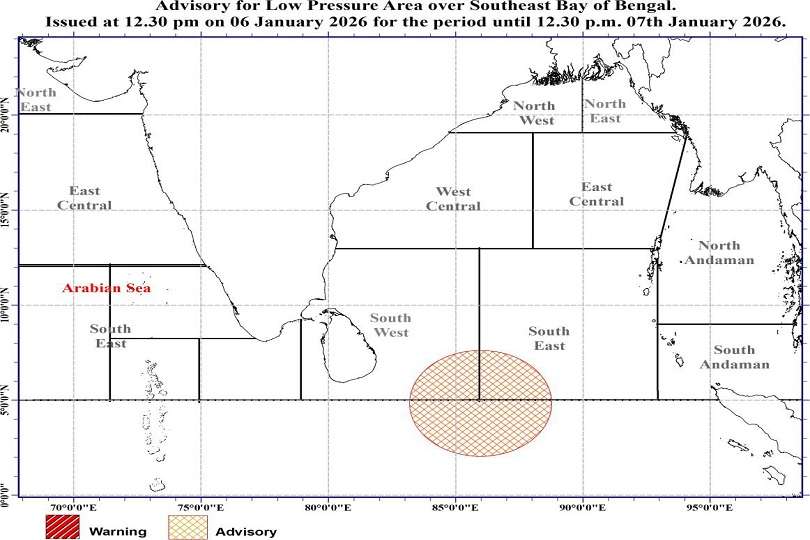
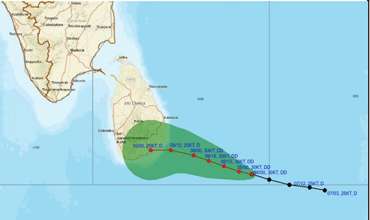





Leave Comments